
In the digital age, where attention spans are shrinking, website speed has become a crucial factor in user experience and search engine rankings. One of the significant contributors to slow-loading websites is large and unoptimized images. The slow loading websites annoys the visitor and even creates negative impact on search engine rankings. To overcome such challenges, avail website speed optimization service from Milople that facilitate store owners to boost their online stores.
In this blog, we will explore seven best practices for image optimization that can significantly boost your website's loading times, enhance user engagement, and ultimately lead to higher conversion rates. Let's dive in and learn how to master the art of image optimization for a faster website!
7 Best Practices for Image Optimization & Faster Loading
Let’s explore some of them!
Choose the Right Image Format
Selecting the appropriate image format is the first step in image optimization. Different formats, such as JPEG, PNG, and WebP, have their strengths and weaknesses. JPEG is best suited for photographs and images with gradients, as it offers a good balance between image quality and file size.
PNG is ideal for images with transparency and simple graphics, while WebP, a modern image format, provides superior compression and quality, especially for supported browsers. By choosing the right format for each image, you can significantly reduce file sizes and improve loading times.
Compress Images Without Compromising Quality
Image compression is a key technique in reducing image file sizes while maintaining acceptable image quality. There are several online tools and plugins available that can efficiently compress images without compromising visual fidelity.
Striking the right balance between compression and quality is essential to ensure that your website loads quickly without sacrificing the user experience. Regularly compressing and optimizing images can save substantial bandwidth and speed up your website across all devices.
Resize Images for Optimal Display
Large images can be a significant hindrance to website speed. Before uploading images to your website, resize them to match the exact dimensions required for display. Avoid using HTML or CSS to resize images, as this can lead to larger files being loaded and slow down your site.
Instead, use photo editing software or online tools to adjust the image dimensions correctly. By resizing images appropriately, you eliminate unnecessary overhead and allow your website to load faster, especially on mobile devices with limited bandwidth.
Leverage Lazy Loading
Lazy loading is a technique that loads images only when they come into the user's viewport. By implementing lazy loading, you defer the loading of images that are not initially visible, reducing the initial page load time. As the user scrolls down the page, the images are loaded dynamically, ensuring a smoother and faster user experience. Lazy loading is particularly beneficial for websites with a lot of images and long-scrolling pages.
Implement Responsive Images
Responsive design is crucial in today's mobile-first world. To ensure that your website performs optimally on various devices and screen sizes, implement responsive images. Use the "srcset" attribute in your HTML to provide different image versions based on the user's device and resolution. This way, mobile users will receive appropriately sized images, reducing unnecessary data transfer and improving loading times on smaller screens.
Optimize Alt Text for Accessibility
While optimizing images for speed, don't forget about accessibility. Adding descriptive and meaningful alternative text (alt text) to your images helps visually impaired users understand the content. Alt text also plays a role in SEO, as search engines use this information to index and rank your images. Striking a balance between concise, descriptive alt text and keyword relevance is crucial for both user experience and search engine visibility. Moreover, adding hyperlinks in the relevant keywords is also usefull. For example if we have page of Laser Marking Machine and if we add hyperlink in it then it might be improve the rankings.
Leverage Content Delivery Networks (CDNs)
A Content Delivery Network (CDN) is a network of servers distributed across various geographical locations. CDNs store copies of your website's images and other static content, making them readily available to users from the server closest to their location. By utilizing a CDN, you can significantly reduce latency and improve loading times, especially for users located far away from your website's origin server.
Conclusion
Optimizing images is a vital aspect of website speed optimization that should not be overlooked. By implementing the seven best practices discussed in this blog - choosing the right image format, compressing images effectively, resizing images for optimal display, leveraging lazy loading, implementing responsive images, optimizing alt text, and utilizing Content Delivery Networks - you can drastically enhance your website's loading times and provide users with a seamless browsing experience.
Remember, a faster website translates to happier users, higher search engine rankings, and increased conversions. Start implementing these image optimization techniques today and master the art of website speed!







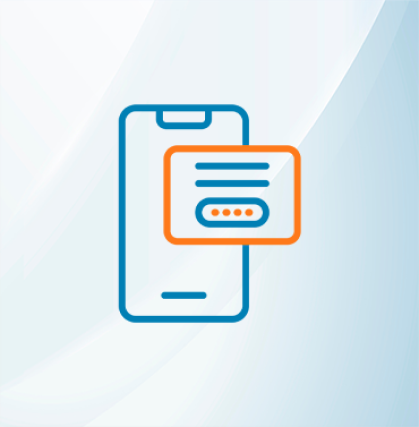




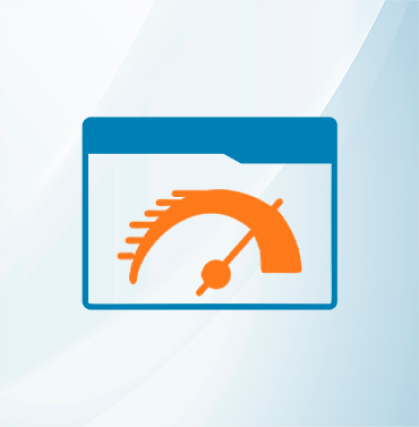


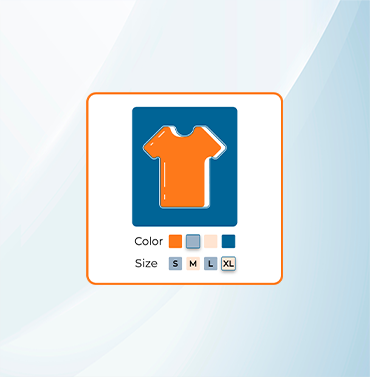























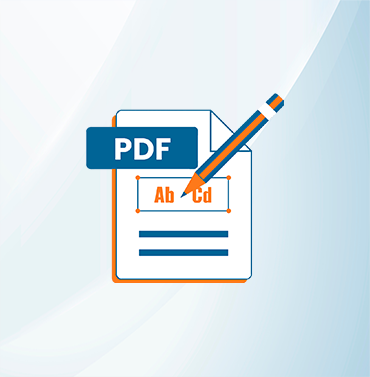
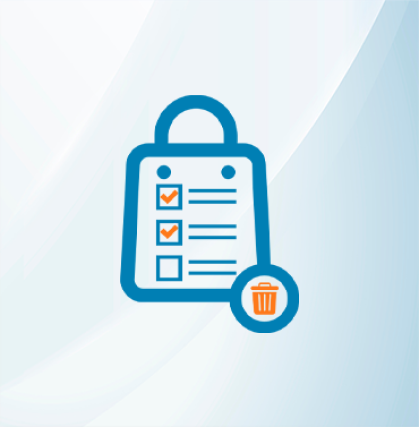
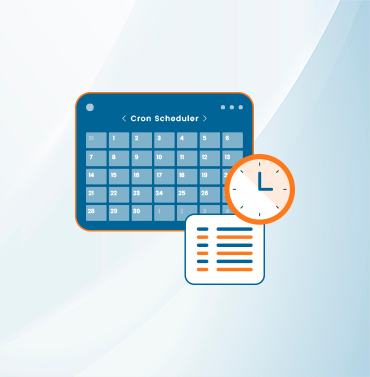
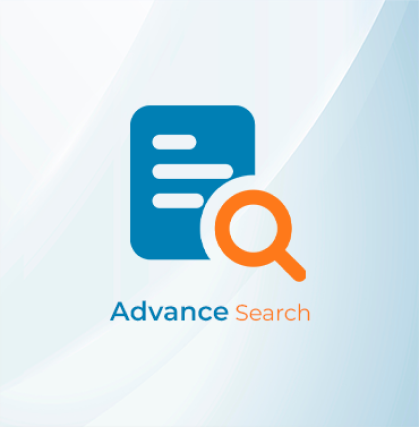



























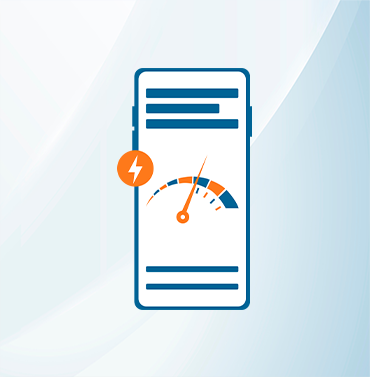
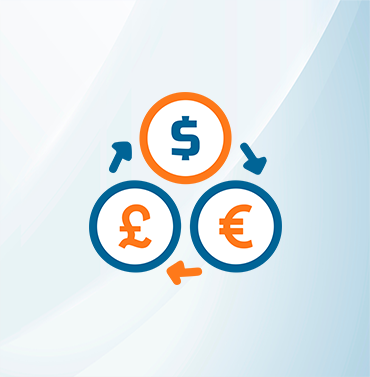
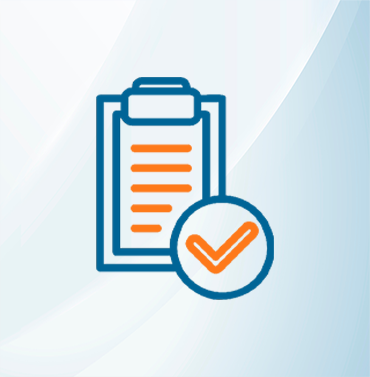

























Validate your login
Sign In
Create New Account